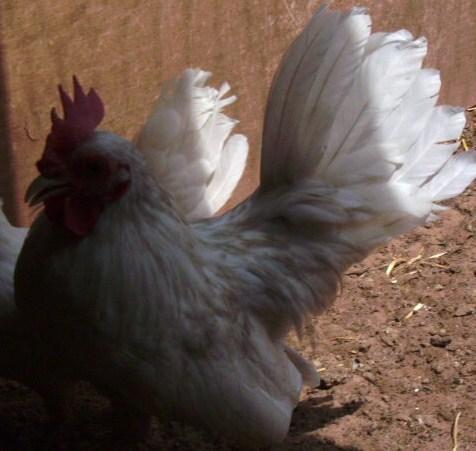Quote:
Correct... now keep in mind that the shade of Platinum Blue can vary alot due to Melanin enhancers, I have seen normal blues(Bl/bl) that almost look black and I have seen Dun(I^D/i+) that are very Dark chocolate colored, but I have also seen vary paled colored blues and dun...
Correct... now keep in mind that the shade of Platinum Blue can vary alot due to Melanin enhancers, I have seen normal blues(Bl/bl) that almost look black and I have seen Dun(I^D/i+) that are very Dark chocolate colored, but I have also seen vary paled colored blues and dun...







